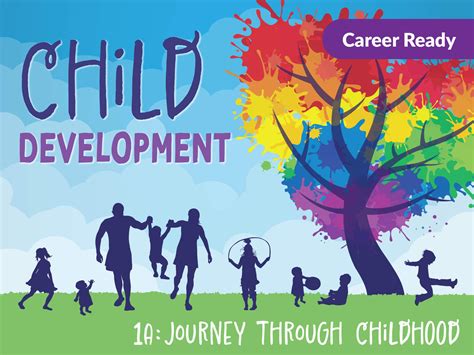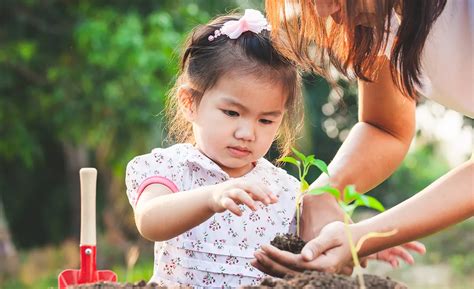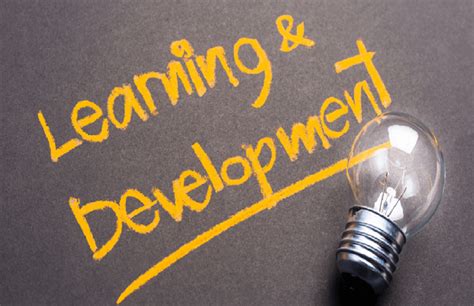Intro
Discover expert tips on raising a two year old, including toddler development, potty training, and discipline strategies for a happy and healthy child, with advice on tantrums and social skills.
Raising a two-year-old can be a challenging yet rewarding experience for parents. At this age, children are learning to navigate their surroundings, test boundaries, and develop their independence. It's essential for parents to provide a nurturing environment that fosters growth, learning, and exploration. As a parent, you're likely to encounter a range of emotions, from joy and excitement to frustration and exhaustion. However, with the right approach, you can help your child develop into a happy, healthy, and well-adjusted individual.
Two-year-olds are naturally curious, and their brains are wired to learn and absorb information at an incredible rate. They're beginning to develop their language skills, problem-solving abilities, and social skills, which are all essential for their future success. As a parent, it's crucial to provide a stimulating environment that encourages learning and exploration. This can include reading books, singing songs, playing games, and engaging in activities that promote cognitive development.
As your child grows and develops, you'll notice significant changes in their behavior, mood, and abilities. They may become more assertive, stubborn, and independent, which can be both exciting and challenging to manage. It's essential to establish clear boundaries, rules, and expectations while also providing a loving and supportive environment. By doing so, you can help your child develop self-confidence, self-esteem, and a sense of security, which are all critical for their emotional and psychological well-being.
Understanding Child Development

Understanding child development is critical for parents of two-year-olds. At this age, children are undergoing significant physical, cognitive, and emotional changes. They're learning to walk, run, and climb, which requires coordination, balance, and gross motor skills. They're also developing their fine motor skills, which enable them to use their hands and fingers to manipulate objects. Cognitively, two-year-olds are beginning to understand cause-and-effect relationships, problem-solving, and memory. Emotionally, they're learning to regulate their emotions, develop empathy, and form attachments with caregivers.
Physical Development
Physical development is a critical aspect of child growth, and two-year-olds are no exception. At this age, children are refining their gross motor skills, which include walking, running, jumping, and climbing. They're also developing their fine motor skills, which enable them to use their hands and fingers to manipulate objects. Parents can encourage physical development by providing a safe and stimulating environment that promotes exploration and play. This can include activities such as playing ball, riding a tricycle, or engaging in sensory play with playdough or sand.Cognitive Development
Cognitive development is another essential aspect of child growth, and two-year-olds are beginning to develop their problem-solving skills, memory, and language abilities. They're learning to understand cause-and-effect relationships, categorize objects, and develop their critical thinking skills. Parents can encourage cognitive development by providing a stimulating environment that promotes learning and exploration. This can include activities such as reading books, singing songs, playing games, and engaging in conversations that promote language development.Creating A Nurturing Environment

Creating a nurturing environment is critical for the development and well-being of two-year-olds. A nurturing environment provides a sense of safety, security, and comfort, which enables children to feel confident, curious, and motivated to learn. Parents can create a nurturing environment by establishing a daily routine, providing a safe and stimulating space, and engaging in activities that promote bonding and attachment. This can include activities such as reading, singing, and playing, which help to create a sense of closeness and connection.
Establishing A Daily Routine
Establishing a daily routine is essential for two-year-olds, as it provides a sense of predictability and structure. A daily routine can include activities such as waking up, eating, playing, and sleeping, which help to regulate the child's internal clock and promote a sense of security. Parents can establish a daily routine by creating a schedule that includes regular times for meals, sleep, and play. This can help to reduce stress, promote relaxation, and create a sense of calm.Providing A Safe And Stimulating Space
Providing a safe and stimulating space is critical for the development and well-being of two-year-olds. A safe and stimulating space provides a sense of security, comfort, and curiosity, which enables children to feel confident, motivated, and inspired to learn. Parents can provide a safe and stimulating space by creating a play area that includes a variety of toys, materials, and activities that promote exploration and discovery. This can include activities such as playing with blocks, puzzles, and sensory materials, which help to develop problem-solving skills, hand-eye coordination, and fine motor skills.Encouraging Learning And Development

Encouraging learning and development is essential for two-year-olds, as it provides a sense of curiosity, motivation, and inspiration. Parents can encourage learning and development by providing a stimulating environment that promotes exploration, discovery, and creativity. This can include activities such as reading, singing, and playing, which help to develop language skills, problem-solving abilities, and social skills.
Reading And Singing
Reading and singing are essential activities for two-year-olds, as they help to develop language skills, memory, and cognitive abilities. Parents can read books with their child, sing songs, and engage in conversations that promote language development. This can include activities such as reading aloud, singing nursery rhymes, and engaging in interactive games that promote learning and development.Playing And Exploring
Playing and exploring are critical activities for two-year-olds, as they help to develop problem-solving skills, hand-eye coordination, and fine motor skills. Parents can provide a variety of toys, materials, and activities that promote exploration and discovery. This can include activities such as playing with blocks, puzzles, and sensory materials, which help to develop cognitive abilities, creativity, and imagination.Managing Behavior And Emotions

Managing behavior and emotions is essential for two-year-olds, as it provides a sense of security, comfort, and well-being. Parents can manage behavior and emotions by establishing clear boundaries, rules, and expectations, while also providing a loving and supportive environment. This can include activities such as setting limits, providing positive reinforcement, and engaging in conversations that promote emotional intelligence and self-regulation.
Setting Limits And Boundaries
Setting limits and boundaries is critical for two-year-olds, as it provides a sense of predictability and structure. Parents can set limits and boundaries by establishing clear rules and expectations, while also providing a safe and nurturing environment. This can include activities such as setting limits on behavior, providing positive reinforcement, and engaging in conversations that promote self-regulation and emotional intelligence.Providing Positive Reinforcement
Providing positive reinforcement is essential for two-year-olds, as it provides a sense of motivation, encouragement, and support. Parents can provide positive reinforcement by praising their child's efforts, accomplishments, and achievements. This can include activities such as providing stickers, stars, or other rewards that promote positive behavior and reinforce learning and development.What are some common challenges faced by parents of two-year-olds?
+Some common challenges faced by parents of two-year-olds include managing behavior and emotions, establishing a daily routine, and providing a safe and stimulating environment.
How can parents encourage learning and development in two-year-olds?
+Parents can encourage learning and development in two-year-olds by providing a stimulating environment that promotes exploration, discovery, and creativity. This can include activities such as reading, singing, and playing.
What are some strategies for managing behavior and emotions in two-year-olds?
+Some strategies for managing behavior and emotions in two-year-olds include setting limits and boundaries, providing positive reinforcement, and engaging in conversations that promote emotional intelligence and self-regulation.
In conclusion, raising a two-year-old can be a challenging yet rewarding experience for parents. By understanding child development, creating a nurturing environment, encouraging learning and development, and managing behavior and emotions, parents can help their child develop into a happy, healthy, and well-adjusted individual. We invite you to share your experiences, ask questions, and provide feedback on this article. Your input is valuable to us, and we look forward to hearing from you.
